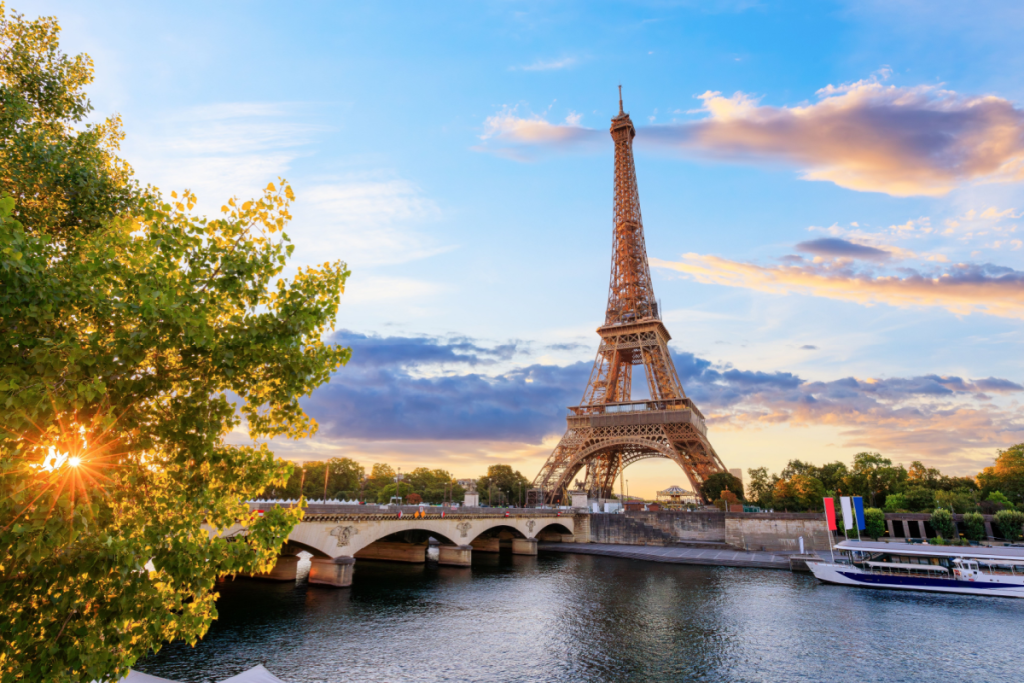Nationwide Mobilization
More than 200 towns and cities across France witnessed demonstrations on Thursday as workers, retirees, and students protested government spending cuts and demanded higher taxes on the wealthy. In Paris, thousands marched from Place d’Italie, while the Eiffel Tower closed its doors to visitors in solidarity with strike actions. The nationwide protest movement, organized by major unions, is the latest in a series of mobilizations sparked by heated budget debates and political uncertainty.
The French Interior Ministry reported that 195,000 people took to the streets nationwide, with 24,000 gathering in Paris. Although turnout was significant, participation appeared lower compared to last month, when over 500,000 demonstrators joined protests across the country according to police estimates, with unions claiming over one million participants.
Union Demands and Government Response
Unions are urging Prime Minister Sébastien Lecornu, who assumed office only last month, to abandon austerity measures proposed by his predecessor. These draft budget measures include freezes on social welfare spending and cost-cutting programs that many fear will worsen the economic situation for middle- and low-income households. Instead, unions are calling for increased taxation on the wealthy, accusing elites and corporations of using tax havens to avoid contributing fairly.
Lecornu has yet to unveil his government or detail the new budget proposals, which are expected in the coming days. Parliament, already deeply divided, is scheduled to debate the budget bill before the end of the year. Unions argue that protests now are crucial to influence the decisions being made. Sophie Binet, head of the CGT union, emphasized the urgency: “It’s the first time we’ve had three days of strikes in a single month without a budget or government. It shows the level of social anger.”
Impact Across Sectors
The strikes affected several sectors, though not as severely as in earlier demonstrations. SNCF, the national rail company, reported high-speed trains were running normally, while some regional services saw partial disruption. In Paris, metro lines largely operated as usual, though commuter trains experienced reduced capacity. Some teachers and health workers joined the action, adding pressure to public services already stretched by staffing and funding shortages.
Symbols of broader discontent were also visible during the demonstrations. Protesters carried posters targeting France’s wealthiest individuals, including luxury tycoon Bernard Arnault, accusing them of exploiting tax loopholes. Others donned shirts emblazoned with revolutionary figures such as Che Guevara, underscoring the ideological dimension of the protests.
A Movement With Momentum
The scale of the protests reflects ongoing social frustration in France, where purchasing power and inequality have become central political issues. Recent protests have seen streets blocked, fires lit, and tear gas deployed during the “Block Everything” campaign, raising concerns of further escalation if the government pursues austerity measures. While Thursday’s demonstrations were less disruptive, they highlight continuing tensions between a government searching for fiscal stability and unions determined to protect social protections.
As Lecornu prepares to announce his cabinet and reveal budget details, the pressure from unions and protesters is unlikely to fade. The standoff underscores a growing divide between citizens struggling with rising living costs and a government facing tough economic decisions. Whether the protests will push officials to reconsider their approach remains uncertain, but for now, France’s streets remain a stage for a highly visible and contentious political struggle.


